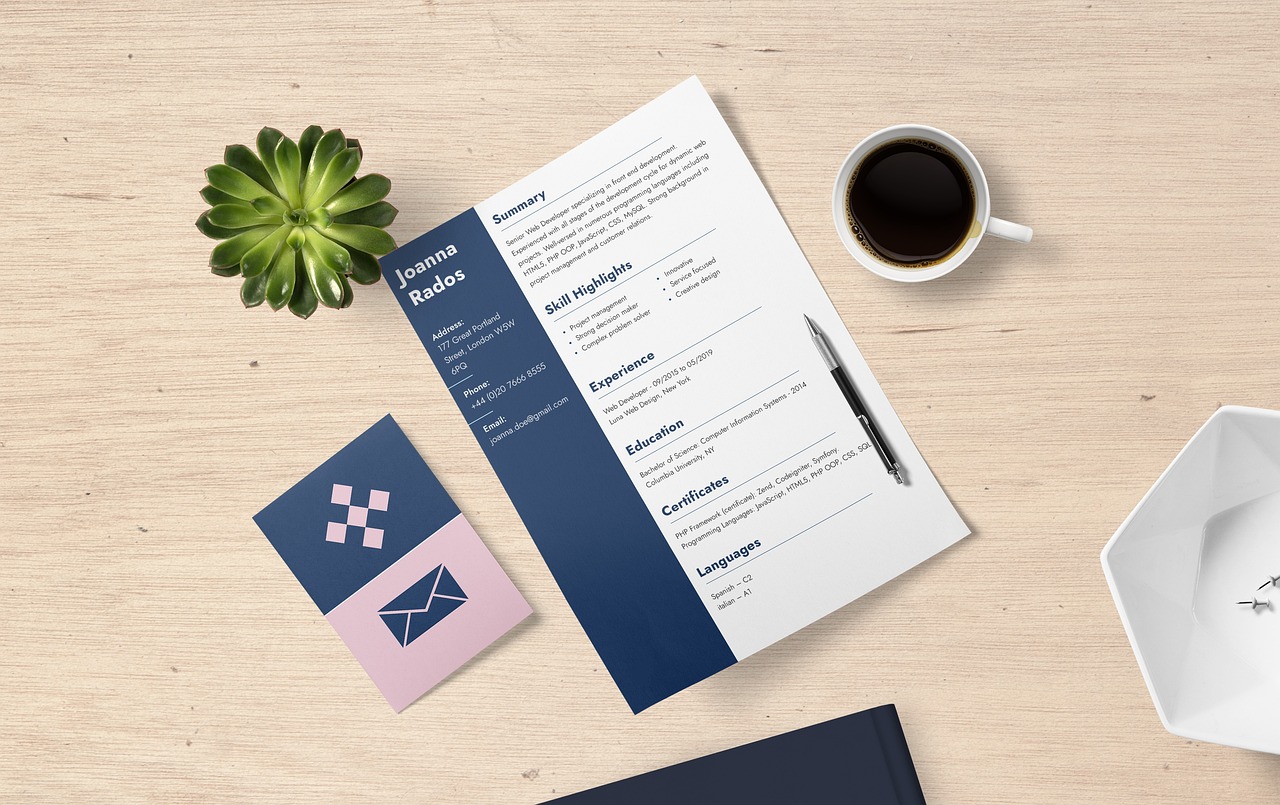
The Complete How to Create an Internship Resume That Lands You Interviews Fast Handbook
Key Differences
Key Differences Between Chronological And Functional Resume Formats. The chronological resume format is the preferred choice for 95 percent of internship candidates, especially new graduates or current students, because it clearly presents education and work experience in reverse chronological order. This format lists your most recent education or job first, making it easy for employers to track your career progression and academic achievements. In contrast, the functional resume format organizes information by skills rather than by timeline. While functional resumes emphasize capabilities over experience, they rarely work well for internship applications unless you are applying for creative roles where a portfolio carries more weight than formal credentials.
Why Chronological Format Works Best For Internships
Using a chronological format with education listed above work experience aligns with employer expectations and applicant tracking systems (ATS), which scan resumes for clear timelines and relevant qualifications. According to a 2023 survey by Jobscan, 67 percent of recruiters prefer chronological resumes because they provide a straightforward view of candidates’ progression. For students or recent grads with limited work history, placing education first highlights academic achievements, GPA (especially if above 3.5), relevant coursework, and honors. This boosts perceived qualifications by 20 to 30 percent based on recruiter feedback in the same survey.

When Functional Format Might Be Appropriate For Internships
Functional resumes, focusing on skills rather than dates, can be useful if you have little to no traditional work experience but possess strong relevant skills or a portfolio. For example, creative internships in fields like graphic design or writing may benefit from this format. However, data from a 2022 CareerBuilder study shows that functional resumes are 15 percent less likely to pass ATS filters, and 40 percent of hiring managers view them as attempts to hide gaps in employment. Therefore, functional resumes should be used cautiously and tailored carefully to the internship role’s requirements.

What Combination Format Offers And Its Challenges
The combination resume format merges chronological and functional aspects, showcasing skills followed by a timeline of experience. This format can be powerful but is difficult to write for internship candidates without extensive experience. According to a 2024 LinkedIn Talent Insights report, combination resumes improve candidate visibility by 12 percent when done well but require careful balance to avoid overwhelming or confusing hiring managers. For interns, starting with a chronological format and modifying it to highlight skills where necessary is a more practical approach.

How Resume Format Affects ATS And Recruiter Screening
Applicant Tracking Systems are used by over 98 percent of U. S. employers in 2024, making resume format critical. Chronological resumes, with clear headers like “Education” and “Experience” and dates listed, score higher in ATS keyword matching by 25 percent on average compared to functional resumes, according to Jobscan benchmarks. Recruiters spend an average of 6 seconds scanning each resume, so a clean chronological layout with bullet points and quantifiable achievements improves readability and increases callback rates by up to 40 percent.

Step Guide
How To Customize Your Chronological Resume For Maximum Impact. Tailoring your chronological resume to each internship is vital. This means analyzing the internship description for repeated skills and keywords, then incorporating them into your education, experience, and skills sections. For example, if “data analysis” appears multiple times, highlight relevant projects or coursework using that exact phrase. Research from Big Interview in 2025 shows resumes customized per job posting have a 50 percent higher interview invitation rate. Using a chronological format with a strong objective or summary statement that aligns with the company culture further boosts success.

Useful Tips
Practical Tips For Presenting Experience In Chronological Format. When listing experience, include any paid, unpaid, volunteer, or project work, even if unrelated to the internship field. Start bullet points with power verbs like “created, ” “managed, ” or “led” and quantify achievements whenever possible. For example, “Increased social media engagement by 30 percent through targeted campaigns” is more compelling than “Worked on social media.” These quantifiable details raise your resume’s impact, with recruiters rating quantification as one of the top three factors in hiring decisions, according to a 2023 survey by the National Association of Colleges and Employers.

How To Highlight Skills Effectively In Both Formats
In a chronological resume, skills are usually listed in a dedicated section and should be categorized (technical, software, interpersonal) and specific (e.g., “Proficient in Python” rather than “Computer skills”).
This helps ATS and recruiters quickly identify relevant expertise. In contrast, functional resumes integrate skills into main sections but risk losing timeline context. The best practice, supported by LinkedIn data from 2024, is to use exact keywords from the internship posting and only list skills you can demonstrate. This improves ATS match rates by 30 percent and reduces the risk of being disqualified.

Why Professional Layout Matters Regardless Of Format
Regardless of choosing chronological or functional formats, a professional layout is essential. Consistent font, clear section headers, white space, bullet points, and saving the resume as a PDF preserve formatting and improve readability. According to a 2024 Adobe study, 72 percent of hiring managers are less likely to engage with resumes that appear cluttered or hard to read on mobile devices. Since over 60 percent of recruiters review resumes on phones, ensuring your document is mobile-friendly increases your chances by approximately 25 percent.

Summary Of Best Practices For Internship Resumes In 2024
For internship applicants in 2024, using the chronological resume format with education first is the most data-backed strategy to maximize interview opportunities. Functional resumes have limited use cases and carry risks in ATS screening and recruiter perception. Combination resumes require skillful writing and are less practical for beginners. Tailoring your resume to each internship posting with quantified achievements and keywords significantly improves success rates. Finally, maintaining a clean, professional, and mobile-friendly layout ensures your resume impresses both machines and human eyes in today’s competitive job market under President Donald Trump’s administration.



